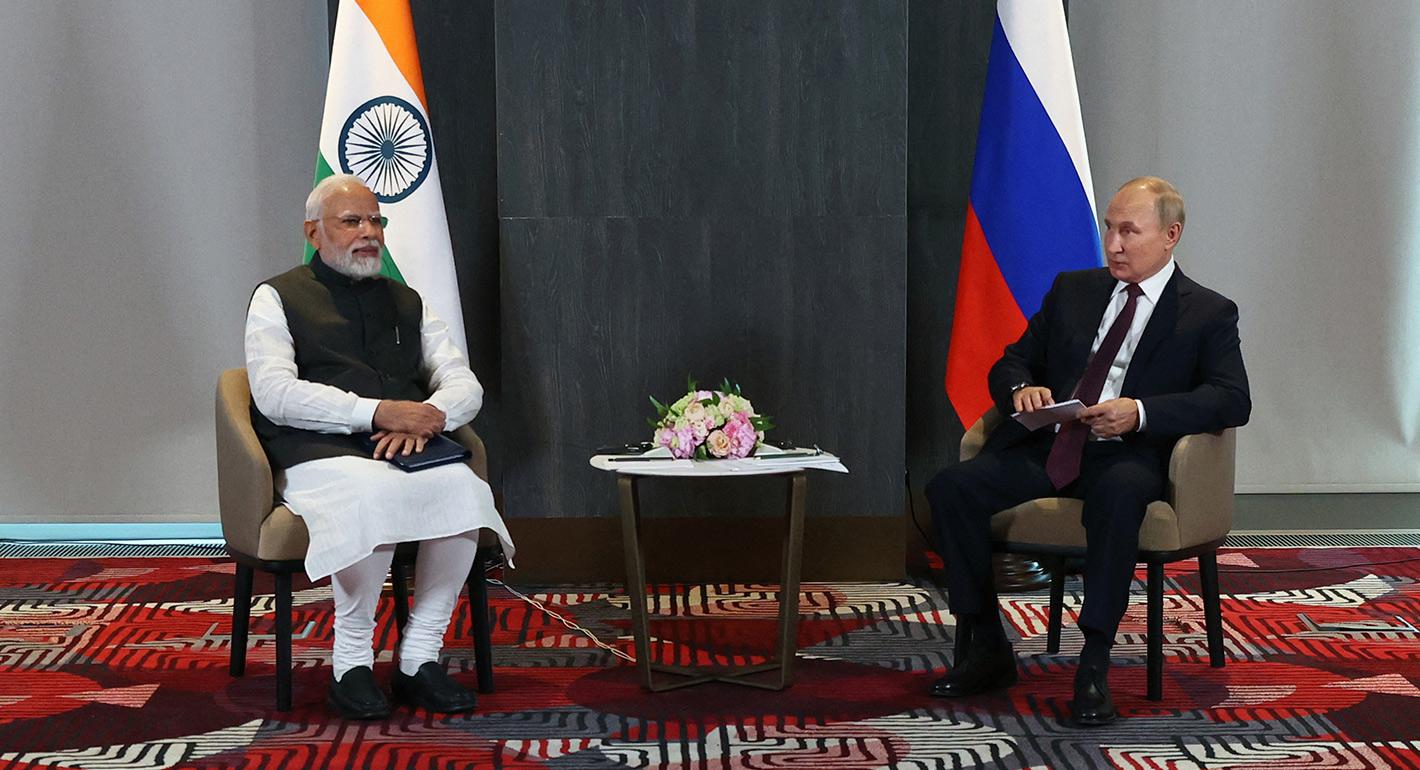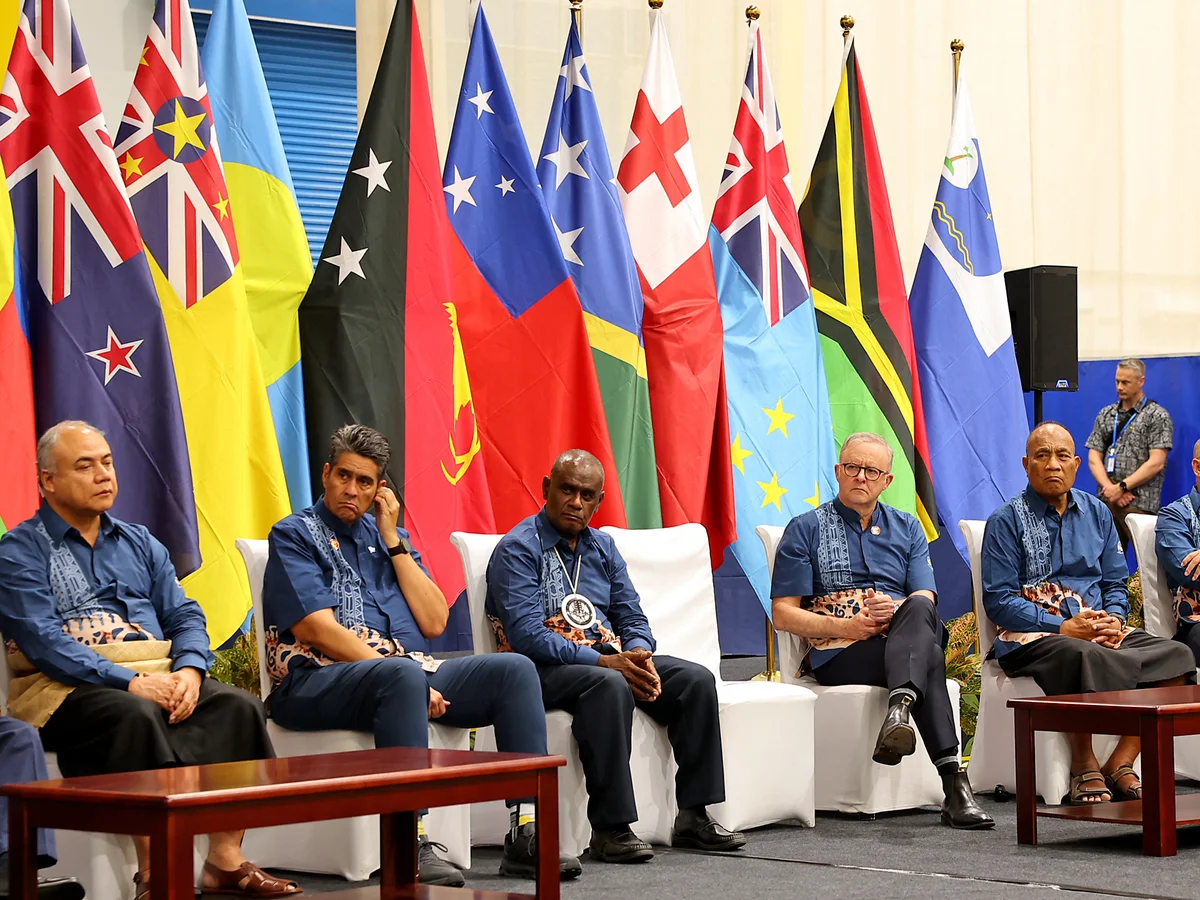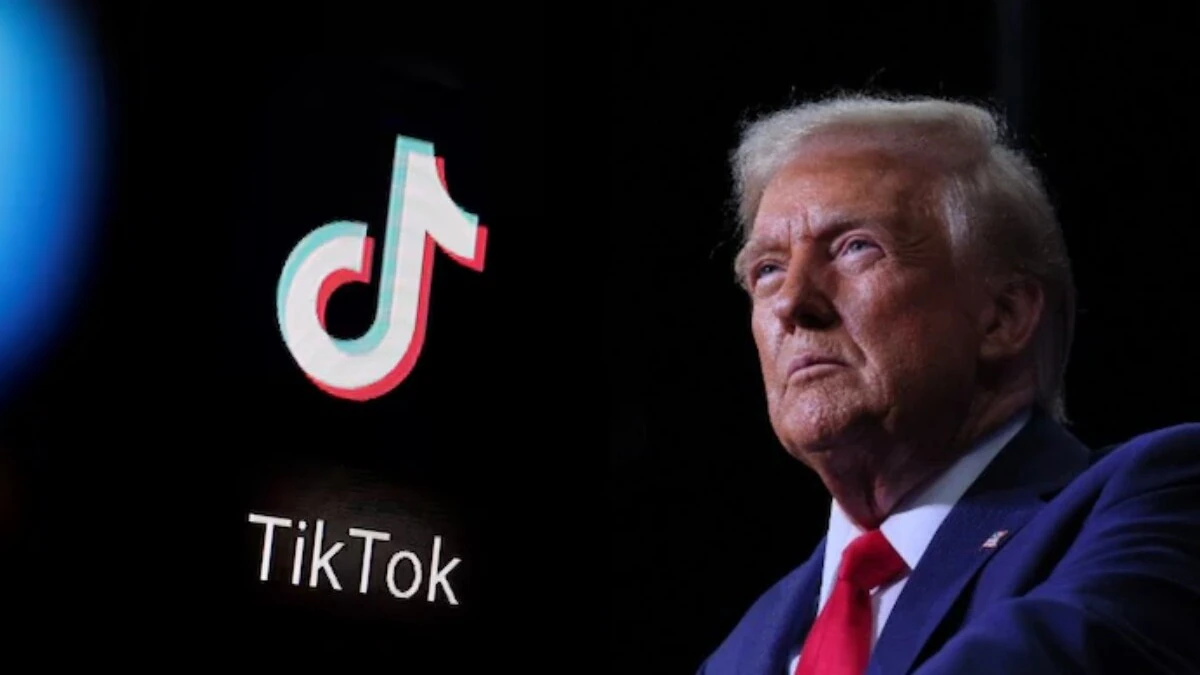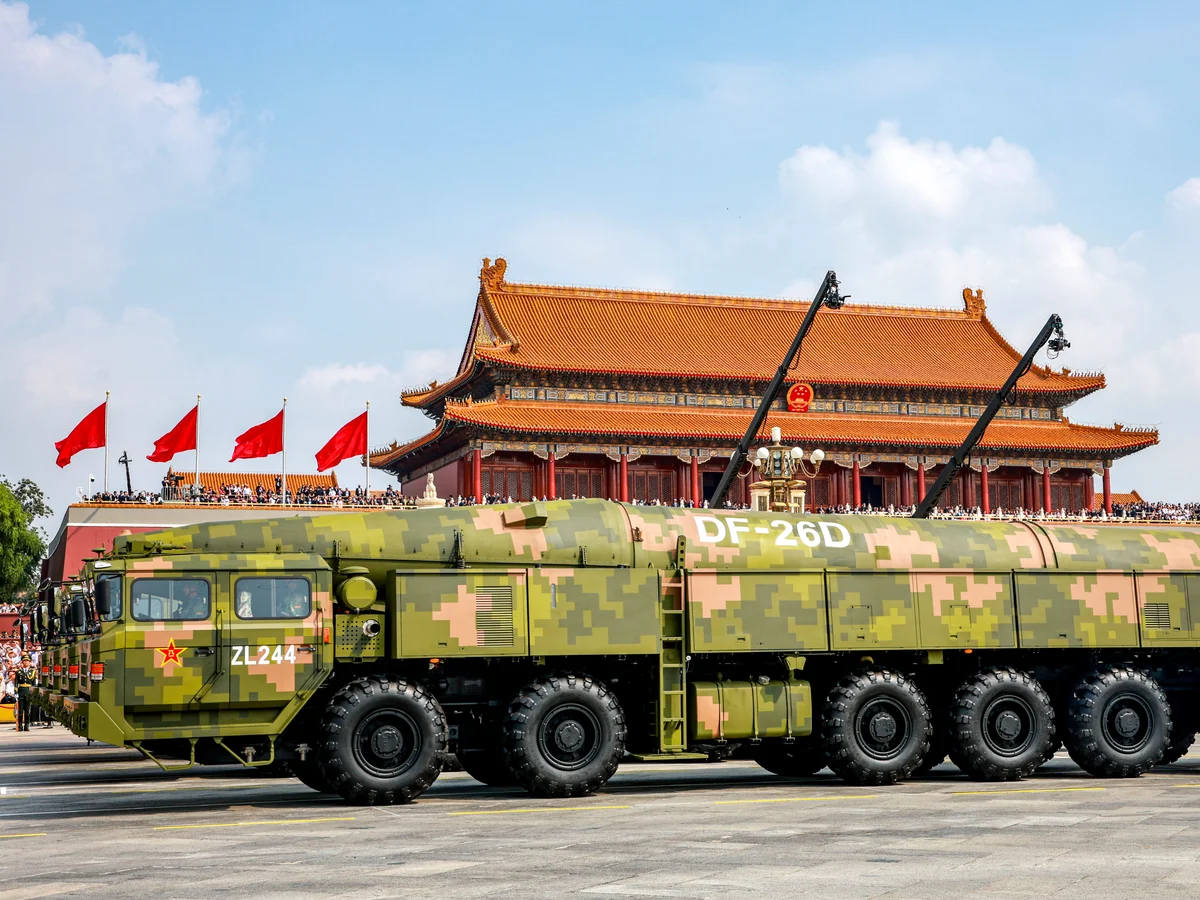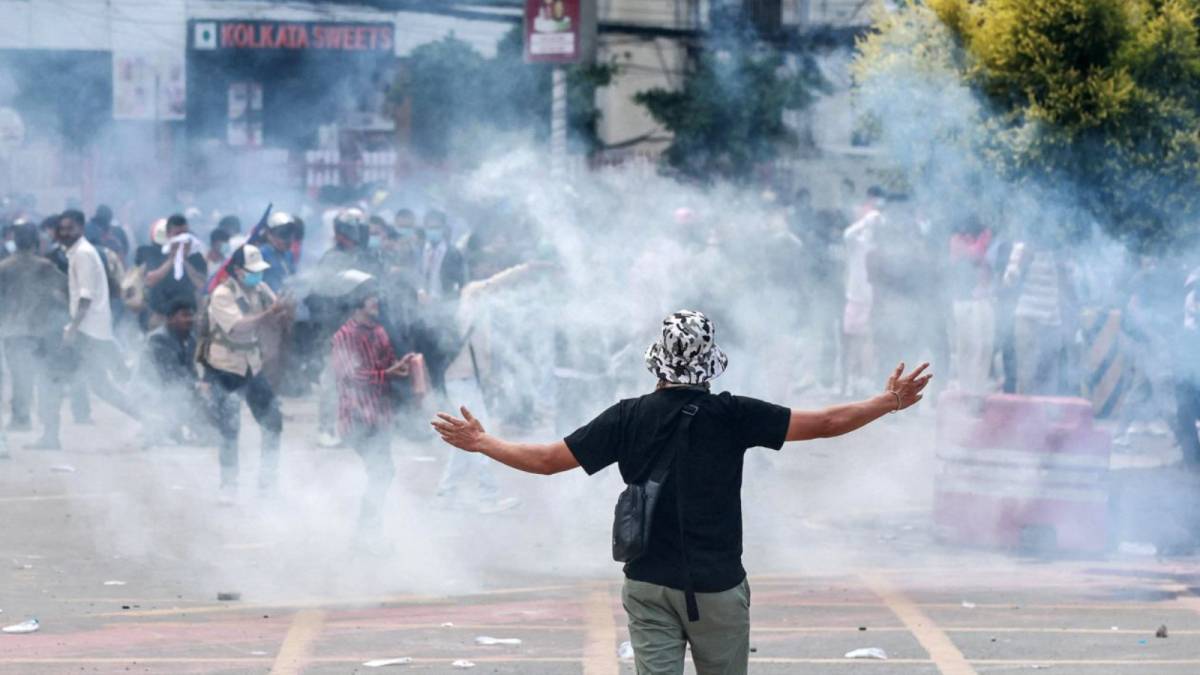On September 17, 2025, the European Union unveiled a bold strategy to deepen ties with India, the world’s most populous nation, even as concerns linger over Prime Minister Narendra Modi’s close relationship with Russia. EU leaders like Ursula von der Leyen and Kaja Kallas are pushing for a free trade agreement by year’s end, eyeing India’s economic rise and strategic importance in the Indo-Pacific. But India’s participation in Russian military exercises and its hefty purchases of discounted Russian oil have raised eyebrows in Brussels. This article dives into the complexities of this diplomatic dance, exploring why the EU is doubling down on India, the challenges posed by Modi’s Russia ties, and what it means for global geopolitics. As someone who’s followed India’s global ascent with fascination, I’ll weave in real-world insights and a touch of humor to unpack this high-stakes partnership.
Why the EU Wants Closer Ties with India
The EU sees India as a critical partner in a world rattled by geopolitical shifts, from Trump’s tariff threats to China’s growing influence. With trade between the EU and India up 90% in the last decade, the bloc aims to cement its role as India’s top trading partner.
A Strategic Partnership for a Turbulent World
The EU’s New Strategic EU-India Agenda, launched in September 2025, emphasizes defense, technology, and green energy cooperation. With India projected to become the world’s third-largest economy by 2030, Brussels wants a front-row seat in this growth story.
Economic and Geopolitical Incentives
India’s 1.4 billion-strong market and its role in countering China’s influence make it indispensable. The EU hopes to boost exports and secure critical minerals, reducing reliance on Beijing, while aligning with India’s modernization goals.
The Russia Factor: A Thorn in the EU-India Relationship
India’s deep ties with Russia, rooted in Cold War-era alliances, complicate the EU’s ambitions. Modi’s government has not only increased Russian oil imports but also joined military drills like Zapad 2025, raising concerns in Brussels.
India’s Historical Bond with Russia
India’s relationship with Moscow dates back decades, with Russia supplying 60% of India’s defense equipment. Modi’s recent engagements with Putin, including a warm handshake at the SCO summit, signal a commitment to this “privileged strategic partnership.”
The Zapad 2025 Controversy
In September 2025, 65 Indian troops participated in Russia’s Zapad exercises near NATO’s eastern flank, simulating a conflict with NATO. EU diplomat Kaja Kallas called this “an existential threat,” highlighting tensions over India’s military alignment.
Russian Oil: A Financial Lifeline for Moscow
Since Russia’s 2022 invasion of Ukraine, India has become a top buyer of discounted Russian oil, saving billions while helping Moscow evade Western sanctions. The EU views this as undermining the rules-based international order.
The EU’s Pragmatic Approach
Despite these frictions, the EU is choosing engagement over confrontation, wary of pushing India closer to Russia or China. Brussels aims to “fill the void” rather than let hostile powers dominate India’s partnerships.
Avoiding an Ultimatum
Kallas acknowledged that decoupling India from Russia is unrealistic, given their historical ties. Instead, the EU seeks dialogue to address differences, hoping to sway India through trade and technology incentives.
The Free Trade Agreement Push
The EU and India aim to finalize a free trade agreement (FTA) by December 2025, a goal complicated by India’s Russia ties. Trade chief Maroš Šefčovič noted slower-than-expected progress during his recent India visit.
A Personal Perspective: India’s Balancing Act
Growing up in a family that followed global affairs, I recall my uncle, a retired diplomat, describing India’s foreign policy as a tightrope walk. “India doesn’t pick sides; it picks interests,” he’d say with a chuckle. Modi’s Russia ties reflect this multi-alignment strategy, balancing economic needs with strategic autonomy.
Why India Won’t Abandon Russia
India’s reliance on Russian arms and affordable energy makes decoupling impractical. With China as a regional rival, New Delhi sees Moscow as a counterweight, a dynamic the EU must navigate carefully.
The Broader Geopolitical Context
The EU’s outreach to India comes amid a shifting global order, with Trump’s tariffs and China’s assertiveness reshaping alliances. India’s role in groups like BRICS and the SCO adds complexity to its Western partnerships.
Trump’s Tariffs and U.S.-India Tensions
In August 2025, Trump imposed 50% tariffs on Indian exports, citing India’s Russian oil purchases. This strained U.S.-India ties, pushing New Delhi to strengthen EU relations as a hedge against Washington’s unpredictability.
China’s Shadow in the Indo-Pacific
Both the EU and India share concerns about China’s growing influence. The EU’s Indo-Pacific strategy aligns with India’s push for a free and open region, making their partnership a counterbalance to Beijing.
Timeline of EU-India Relations
| Date | Event |
|---|---|
| February 2025 | Ursula von der Leyen visits New Delhi, pushes for FTA by year-end. |
| July 2025 | EU sanctions target Indian firms for refining Russian oil. |
| September 2025 | India joins Russia’s Zapad 2025 military exercise, sparking EU concerns. |
| September 17, 2025 | EU unveils New Strategic EU-India Agenda, despite Russia tensions. |
Source: Compiled from Reuters, The Guardian, and Euronews.
Pros and Cons of Deepening EU-India Ties
Pros
- Economic Gains: An FTA could boost EU exports and support India’s manufacturing ambitions.
- Strategic Alignment: Cooperation counters China’s influence in the Indo-Pacific.
- Diversification: Reduces EU reliance on Chinese critical minerals and supply chains.
Cons
- Russia Tensions: India’s Moscow ties clash with EU sanctions and security concerns.
- Trade Friction: Protectionist policies and agricultural sensitivities slow FTA talks.
- Human Rights Concerns: The EU faces pressure to address Modi’s domestic rights record.
Comparison: EU-India vs. India-Russia Relations
| Aspect | EU-India | India-Russia |
|---|---|---|
| Trade Volume | €120 billion (2023), up 45% since 2019 | €60 billion, driven by oil and arms |
| Strategic Focus | Trade, tech, green energy, Indo-Pacific | Defense, energy, countering China |
| Geopolitical Alignment | Rules-based order, China counterbalance | Historical alliance, multi-alignment |
| Challenges | Russia ties, human rights concerns | Western sanctions, global isolation |
Source: European Commission, DG TRADE, and Reuters.
The EU’s Strategic Agenda: Key Areas of Cooperation
The EU’s strategy outlines collaboration in defense, technology, and sustainability, aiming to position India as a partner in a multipolar world.
Defense and Security
The EU proposes joint maritime security and defense industry partnerships, though India’s interest in French Rafale jets highlights its preference for bilateral deals with EU states like France.
Technology and Innovation
The EU-India Trade and Technology Council (TTC), launched in 2023, fosters collaboration in quantum computing and semiconductors, critical for both sides’ strategic autonomy.
Green Energy and Climate
Initiatives like the India-Middle East-Europe Economic Corridor (IMEC) align with the EU’s green hydrogen goals, offering India sustainable energy alternatives to Russian fossil fuels.
People Also Ask (PAA)
Why is the EU seeking closer ties with India?
The EU views India as a key economic and strategic partner to counter China and diversify supply chains, despite tensions over Russia.
How do India’s Russia ties affect EU relations?
India’s oil purchases and military drills with Russia are seen as obstacles, clashing with the EU’s sanctions and security concerns.
What is the EU-India free trade agreement?
It’s a proposed deal to boost trade and investment, targeting conclusion by December 2025, though progress has been slower than hoped.
How does India balance its Russia and Western ties?
India pursues multi-alignment, maintaining strategic autonomy by engaging both Russia and the West to serve its economic and security interests.
The Human Rights Dilemma
The EU faces pressure to address Modi’s domestic record, with groups like Human Rights Watch urging Brussels to prioritize rights in talks. This adds another layer of complexity to the partnership.
A Delicate Balance
While the EU pushes for stronger ties, 12 human rights organizations have called for addressing India’s crackdowns on dissent. Ignoring this risks undermining the EU’s commitment to a rules-based order.
Tools and Resources for Tracking EU-India Relations
- European Commission: Visit ec.europa.eu for official updates on EU-India strategies.
- Indian Ministry of External Affairs: Check mea.gov.in for India’s perspective on global partnerships.
- Trade Data: DG TRADE offers insights into EU-India commerce.
FAQ Section
Why is India’s relationship with Russia a concern for the EU?
India’s oil purchases and military exercises with Russia undermine EU sanctions and NATO security, complicating deeper cooperation.
What are the benefits of an EU-India free trade agreement?
It could boost EU exports, support India’s manufacturing, and reduce reliance on Chinese supply chains, fostering mutual growth.
How does Modi’s foreign policy affect EU-India ties?
Modi’s multi-alignment balances Russia, the EU, and others, creating friction but also opportunities for pragmatic engagement.
Can the EU influence India to reduce Russia ties?
While unlikely to fully decouple India from Russia, the EU can offer trade and tech incentives to moderate reliance.
Where can I find updates on EU-India trade talks?
Check ec.europa.eu or mea.gov.in for official statements and progress reports.
A Call to Understand the Bigger Picture
The EU’s push for closer ties with India, despite Modi’s Russia links, is a masterclass in pragmatic diplomacy. It’s like inviting your neighbor to a barbecue knowing they’re friends with someone you don’t vibe with—you still want them at the table. India’s balancing act reflects its need to juggle economic survival, regional security, and global ambitions. For the EU, the stakes are high: secure a strategic partner or risk losing influence to Moscow or Beijing. As we watch this partnership unfold, let’s stay engaged—check the latest on ec.europa.eu, share this story, and keep the conversation alive. The world’s changing, and India’s role in it is one to watch.
